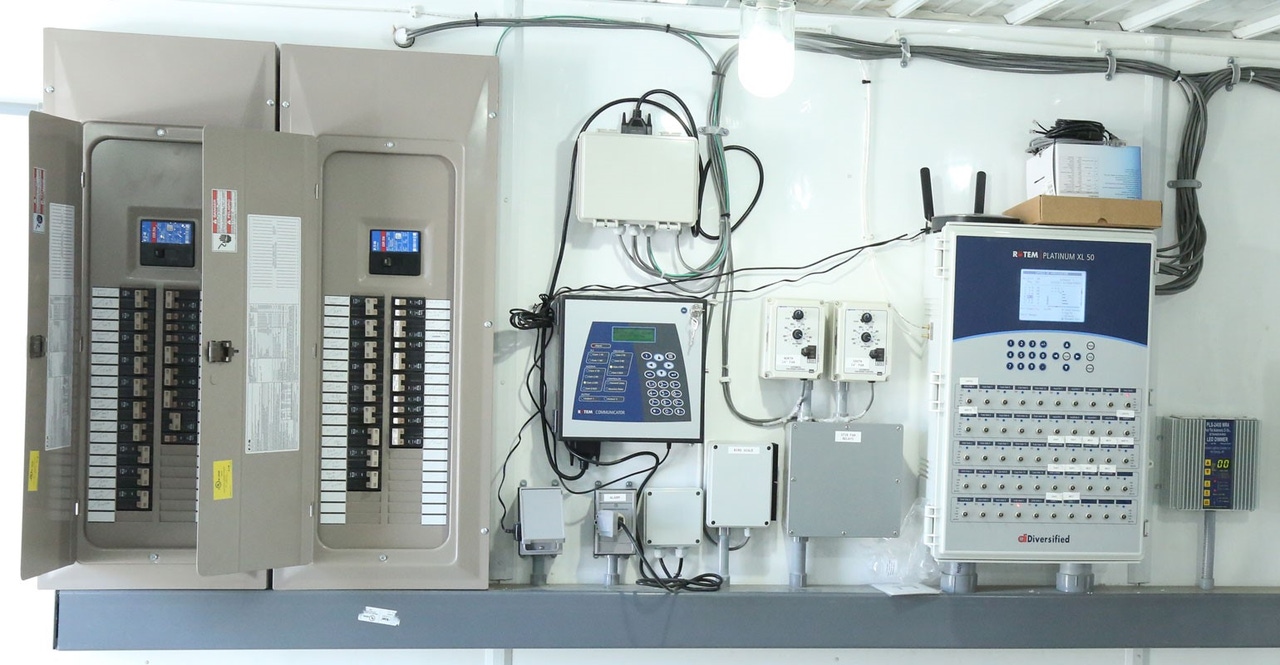Leading Tips for Effective Electrical System Troubleshooting
Repairing electrical systems calls for a methodical strategy, grounded in an extensive understanding of electric principles and safety methods. By familiarizing oneself with circuit parts, utilizing crucial tools, and sticking to an organized analysis technique, specialists can successfully recognize and fix issues. Nonetheless, the nuances of efficient repairing extend past mere technical expertise; understanding exactly how to record findings and prioritize safety and security can significantly influence end results. As we check out these crucial components further, it becomes clear that grasping this procedure is not simply advantageous but vital for success in the area.
Understand the Essentials
Recognizing the essentials of electric systems is crucial for reliable troubleshooting, as a strong structure enables service technicians to identify and fix problems a lot more effectively. An extensive grasp of electrical concepts, such as voltage, existing, resistance, and power, is essential in recognizing the origin of problems. Voltage is the electric possible distinction that drives existing with a circuit, while resistance opposes the flow of current, impacting the total capability of the system.
Knowledge with circuit parts, including resistors, capacitors, diodes, and switches over, is likewise paramount. Each element plays a distinct function in circuit behavior and can impact performance when malfunctioning. Furthermore, understanding collection and parallel circuit setups is vital, as these plans influence the distribution of voltage and existing within the system.
Technicians should be conscious of possible threats, such as shock and short circuits, to execute risk-free troubleshooting methods. By understanding these fundamental principles, technicians enhance their ability to conduct effective diagnostics and repair work, eventually leading to enhanced performance and dependability of electrical systems (electrical system troubleshooting).
Gather Necessary Equipment
Efficient troubleshooting of electric systems needs the ideal collection of devices to identify and settle concerns properly. A well-equipped specialist can dramatically boost performance and performance in recognizing troubles. Essential tools include a multimeter, which determines voltage, present, and resistance, permitting accurate examinations of electric parts. Secure meters are additionally beneficial for gauging existing without separating the circuit, making certain safety and security and benefit.
Furthermore, insulated hand devices such as screwdrivers, pliers, and cable strippers are crucial for securely controling electrical links. It is likewise advisable to have a circuit tester accessible to confirm the presence of voltage in electrical outlets and cables. For even more complicated systems, a thermal imaging video camera can help detect overheating components, indicating possible failures.

Adhere To a Systematic Approach
Having gathered the appropriate tools, the next action in troubleshooting electrical systems is to follow a systematic method. A methodical technique guarantees that service technicians can recognize mistakes successfully and precisely, lessening downtime and protecting against unneeded repair services.
Begin by evaluating the system's schematic diagrams and requirements. This entails checking each component methodically, beginning from the power source and working in the direction of the tons.
Use testing tools, such as multimeters and oscilloscopes, to collect objective data about voltage, existing, and resistance at different points within the system. This empirical proof will guide your troubleshooting initiatives and help to validate or get rid of possible reasons for failing.
Additionally, consider environmental variables that might influence the system's efficiency, such as temperature variations or moisture access. A detailed evaluation of circuitry, connections, and parts will make certain that all possibilities are made up.
File Your Searchings For
Complete documentation is necessary in the troubleshooting procedure of electric systems. Accurate documents check over here boost the effectiveness of recognizing recurring problems and facilitate communication amongst employee. Each searching for needs to be carefully kept in mind, consisting of symptoms observed, tests carried out, and the end results of those tests. electrical system troubleshooting. This method not just help in comprehending the source of the problem however additionally acts as a reference for future fixing initiatives.

Furthermore, preserving a log of parts replaced or repairs performed is important. This info supports supply management and can aid assess the longevity and reliability of specific parts.
Eventually, the documentation procedure must be complete yet concise, enabling very easy retrieval and review - electrical system troubleshooting. By focusing on comprehensive documentation, professionals can produce an important expertise base that not just aids in present troubleshooting but additionally equips future maintenance initiatives, thus boosting general system reliability

Prioritize Precaution
Acknowledging the integral risks linked with electrical systems is critical for guaranteeing safety and security during troubleshooting. Electric shock, burns, and equipment damage are simply a few of the potential risks that professionals face. Focusing on safety steps is not just a lawful responsibility however additionally a moral critical that safeguards both the specialist and the you could check here surrounding atmosphere.
Prior to starting any troubleshooting job, professionals should put on ideal personal protective devices (PPE), consisting of insulated gloves, shatterproof glass, and flame-resistant garments. Making certain that the work area is completely dry and without clutter can significantly decrease the danger of mishaps. It is vital to de-energize circuits prior to starting any kind of job, validating that they are not live via the usage of a multimeter or voltage tester.
Establishing clear communication protocols with staff member is likewise essential; this makes certain that every person recognizes possible threats and the standing of the electric system being functioned on. Having an emergency feedback strategy in location can show important in the event of a case. site here By focusing on precaution, specialists can efficiently mitigate threats and promote a safer workplace.
Verdict
Reliable electrical system fixing relies on an extensive understanding of basic principles and a methodical strategy. Prioritizing security actions ensures the wellness of people involved and the integrity of the electric system.